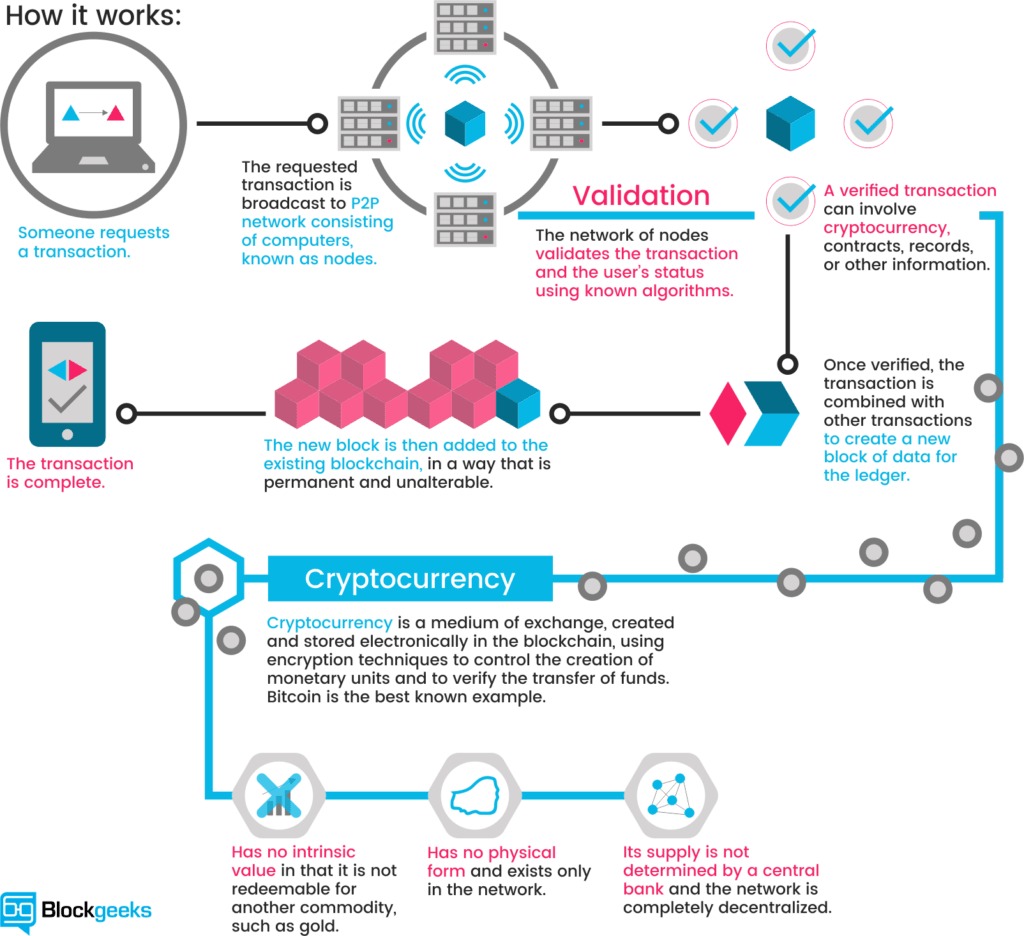Organizational Growth and Data Security

Article URL:
I found this article from the website Information Management to be very relevant to the topics discussed in class this week. The article was discussing that the number one threat to their information systems is their “organizational complexity.”
The reason for this is that most security features are “too difficult” for employees to utilize and use. The article describes that most employees are accessing company data on their personal devices many times on public or unsecured network connections.
In class we learned about master data and how different department have different views on the master data. Having each department with a different view not only promotes a Segregation of Duty, but it could also limit the amount of access an intruder can have when they breach the information system.
However, that also poses the question how can information system respond better to hacking intrusions. As the article claimed, we want to ensure that employees are productive and the information system will connect all departments, but at the same time we need to address the issues surround data protection. How can we guarantee the integrity of the data, if a security breach has occurred?
